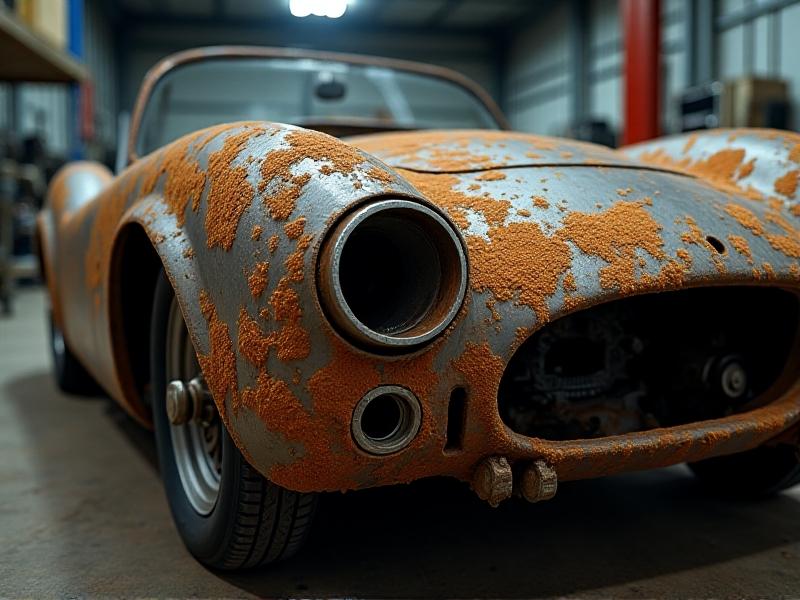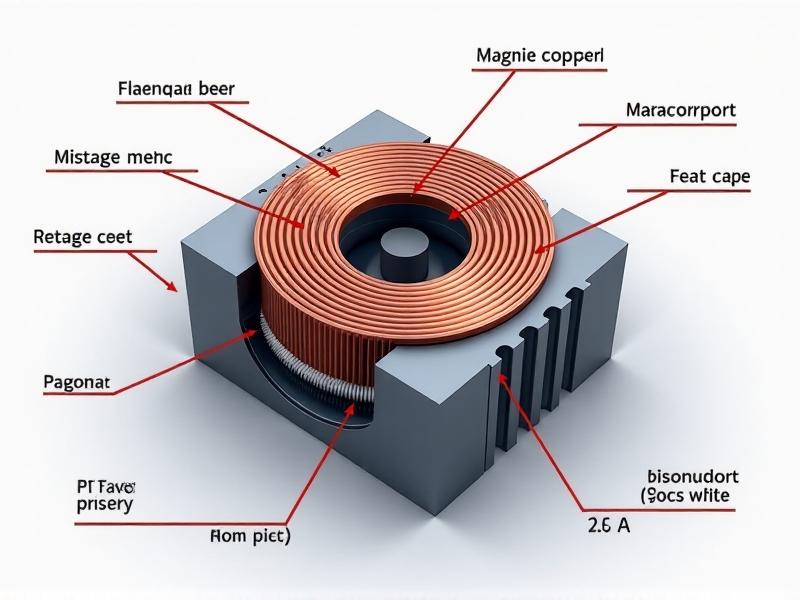Platter Bearing Lubrication Alternatives
Traditional Lubrication in Platter Bearings: A Baseline Overview
Platter bearings, commonly found in rotating machinery like hard drives, turntables, and industrial equipment, have historically relied on oil or grease-based lubricants. These substances reduce friction between moving parts, dissipate heat, and prevent wear. However, traditional lubrication methods face challenges such as contamination risks, temperature sensitivity, and environmental concerns. For instance, grease can degrade over time, leading to inconsistent performance, while oil may leak or evaporate under high-stress conditions. Understanding these limitations sets the stage for exploring alternatives that address modern demands for efficiency, sustainability, and reliability.
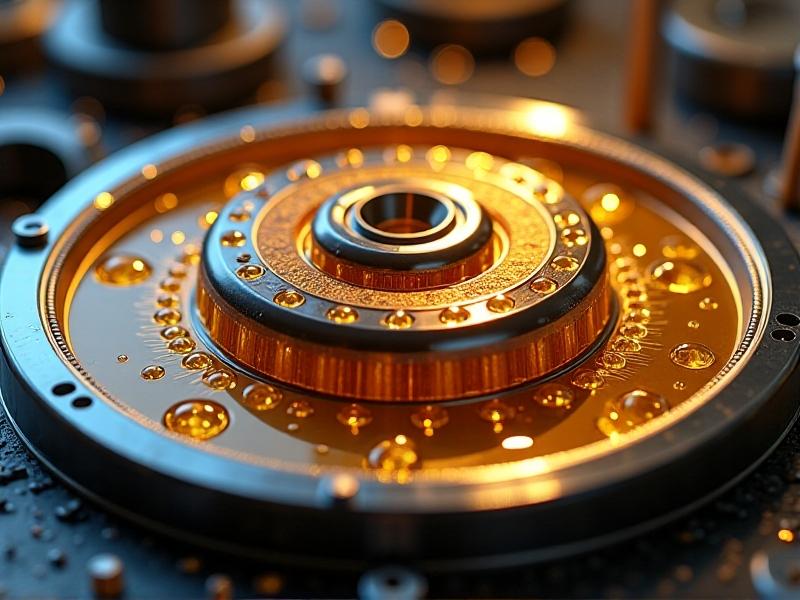
Why the Shift? Drivers for Alternative Lubrication
Environmental regulations and sustainability goals are pushing industries to rethink conventional lubrication. Oil spills and grease waste contribute to pollution, while frequent maintenance cycles increase operational costs. Additionally, industries like aerospace and medical technology require lubricants that perform reliably in extreme temperatures or sterile environments. Energy efficiency is another catalyst—reducing friction more effectively can lower power consumption in data centers or manufacturing plants. These factors create a pressing need for alternatives that balance performance with eco-friendliness and adaptability.
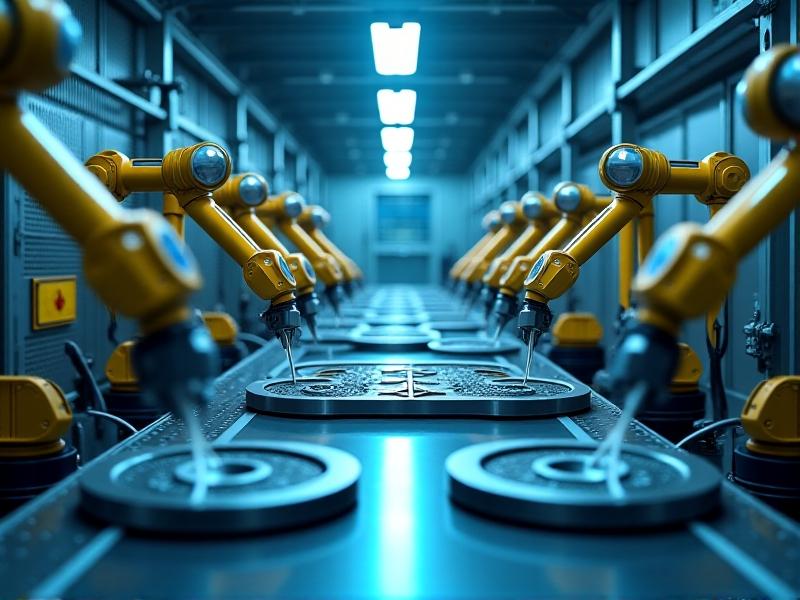
Solid-Film Lubricants: Dry Solutions for High-Stress Scenarios
Solid-film lubricants, such as graphite, molybdenum disulfide, or polymer-based coatings, offer a debris-free alternative to oils and greases. These materials bond to bearing surfaces, creating a durable layer that minimizes friction without liquid residue. For example, tungsten disulfide coatings excel in vacuum environments, making them ideal for space applications. Although solid films can wear unevenly over time, advancements in nanotechnology are enhancing their longevity. Industries like automotive manufacturing and renewable energy are increasingly adopting these solutions for their low maintenance and resistance to contamination.
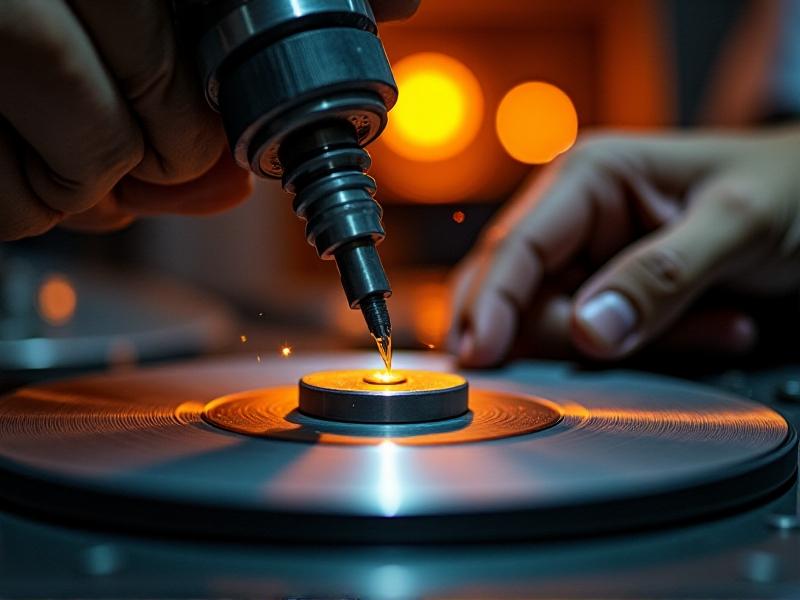
Oil-Free Systems: Embracing Self-Lubricating Materials
Self-lubricating materials, such as sintered bronze or composite polymers infused with lubricating particles, eliminate the need for external oils. These materials release lubricants gradually during operation, ensuring consistent performance. For instance, bearings made from polytetrafluoroethylene (PTFE) blend durability with inherent slipperiness, reducing friction coefficients by up to 50%. Oil-free systems are particularly advantageous in food processing or pharmaceutical industries, where contamination risks are critical. While initial costs may be higher, reduced downtime and longer lifespans justify the investment for many sectors.
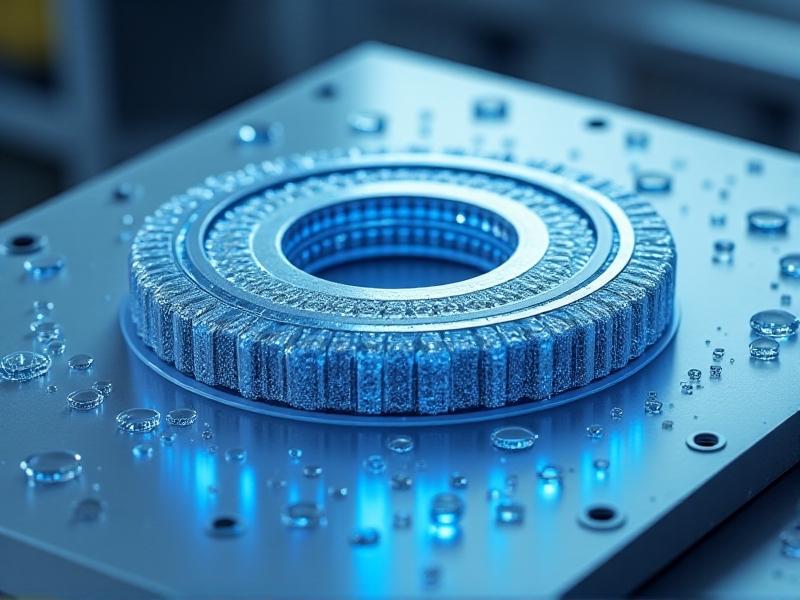
Magnetic and Air Bearing Technologies: Frictionless Futures
Magnetic bearings use electromagnetic forces to levitate rotating components, eliminating physical contact and friction entirely. Similarly, air bearings rely on pressurized gas to create a cushion between surfaces. Both technologies are revolutionizing high-speed applications, such as turbochargers and precision machining tools. For example, semiconductor manufacturers use air bearings in wafer-handling robots to achieve nanometer-scale accuracy. Though energy-intensive and costly, these systems offer unparalleled precision and are gaining traction in industries where performance outweighs budget constraints.
Application-Specific Solutions: Tailoring Lubrication to Industry Needs
Different industries demand bespoke lubrication strategies. Wind turbines, exposed to harsh weather, benefit from biodegradable greases that withstand temperature fluctuations. Data centers, prioritizing silence and efficiency, opt for magnetic bearings in cooling fans. Meanwhile, the automotive sector explores hybrid approaches, combining solid lubricants with minimal grease for electric vehicle motors. Case studies reveal that tailoring solutions to operational contexts maximizes longevity and cost-efficiency, proving that one-size-fits-all approaches are becoming obsolete.
Innovations on the Horizon: Smart Lubricants and Beyond
Emerging technologies like smart lubricants—embedded with sensors or reactive nanoparticles—promise real-time monitoring and self-healing capabilities. For example, lubricants with copper nanoparticles can fill micro-cracks autonomously, extending bearing life. Researchers are also exploring bio-based lubricants derived from plant oils, which offer renewable alternatives without sacrificing performance. As additive manufacturing and AI-driven predictive maintenance evolve, the next decade could see lubrication systems that adapt dynamically to operational stresses, redefining reliability in rotating machinery.
